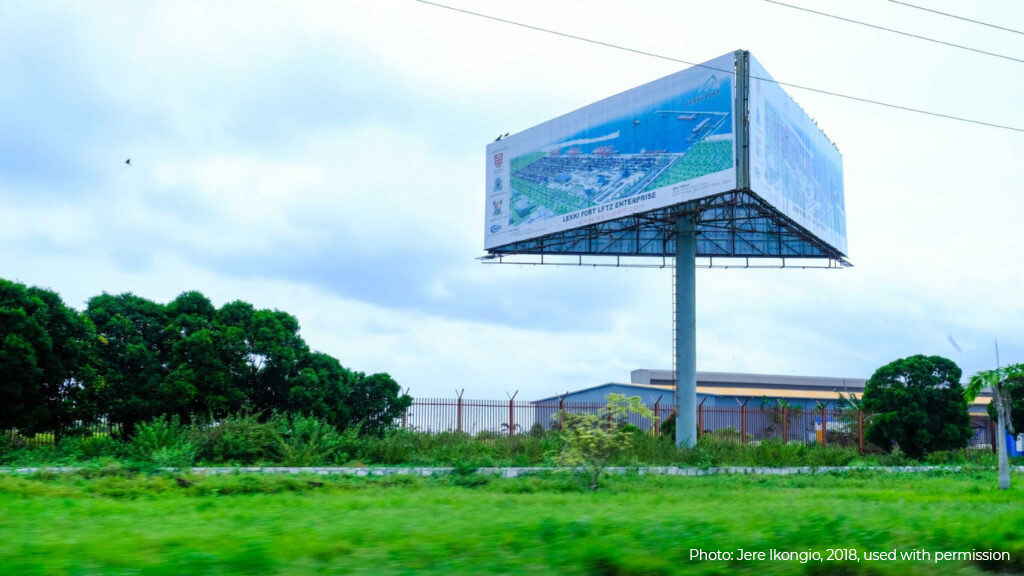
Environment & Sustainability
Ensuring that the negative impacts on the environment and sustainability that frequently arise during industrial development are sufficiently mitigated during zone development and operation.
This type of ZSR encompasses three issue areas where SEZs impact the environment of surrounding areas and sustainability:
Types of ZSR
SEZs produce negative environmental impacts at all stages of their development. In the construction phase, the clearing of vegetation and building of factories and zone infrastructures may result in biodiversity loss; land degradation; air and water pollution;; the use of fossil fuels to power machinery; and even food security issues as agricultural land is reallocated to zone development. During the operational phase, carbon emissions and industrial air, water and soil pollution are major risks, and industrial waste management can be a specific problem in SEZs. Even in the post-operational phase – if a zone is abandoned – buildings, machinery and other resources may not be disposed of adequately, thus continuing to contaminate their surroundings.
Some of these problems are typical of most forms of industrialisation and are difficult to mitigate fully. Yet, proper environmental protections can be challenging especially for SEZs, since they are both expensive and time-consuming to implement, but while zones are expected to start quickly and produce rapid economic benefits. Economic goals tend to take priority, with environmental consequences perceived as of lesser importance. Nonetheless, it is crucial to take steps to mitigate as far as possible the environmental damage associated with SEZs, and to ensure environmental sustainability for the future, in order to avoid irreversible damage. Examples of permanent environmental repercussions include extinction of endangered species, destruction of local livelihoods and a rise in sea levels that drowns coastal populations. While economic development should remain the main goal of SEZs, these long-term unintended negative consequences must be averted.
While SEZs can be hotspots for environmental degradation, they can also provide opportunities for implementing specific environmental policies designed to regulate industries within the zones. Environmental advantages may also ensue from the introduction of foreign financial resources which may bring new environmental technologies.

